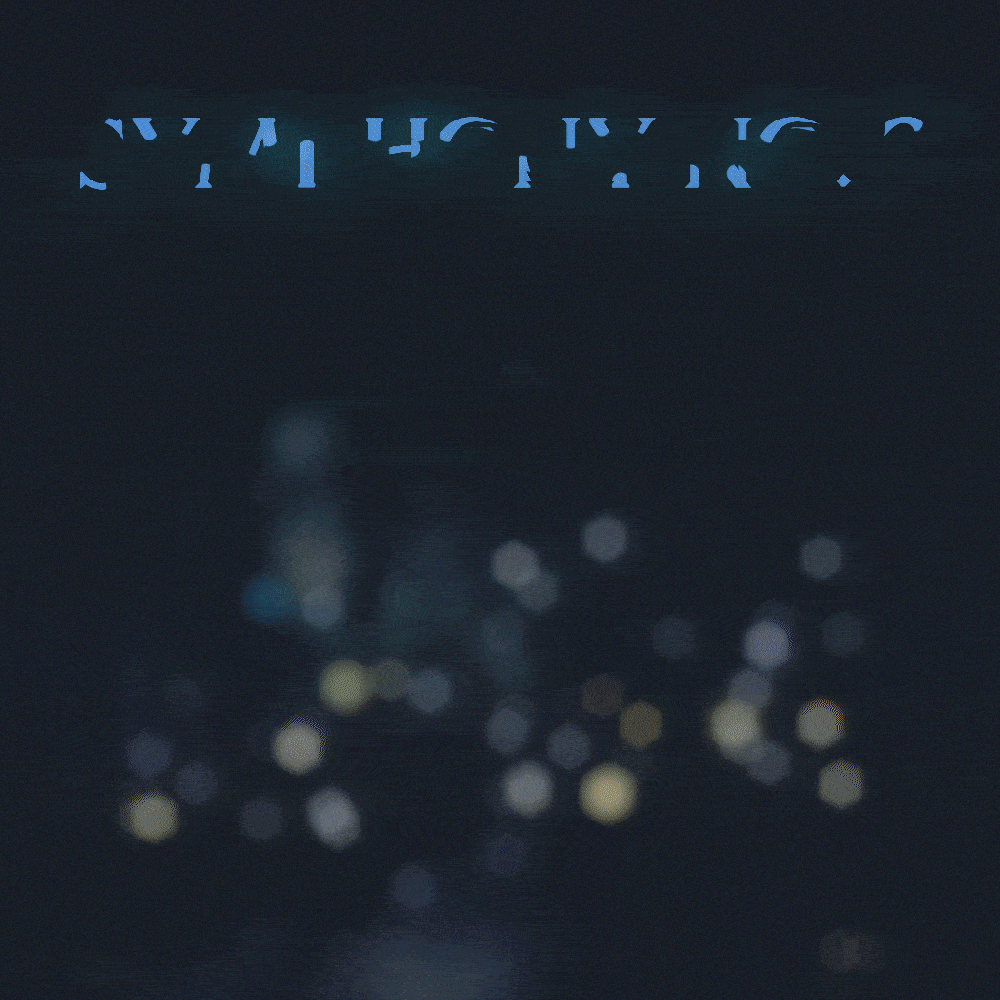
Coming October 14, 2022 from Parma/ Navona Recordings! Available for pre-order prior to that. The symphony has now been recorded by the European Recording Orchestra with 92 musicians in Sofia, Bulgaria at the Bulgarian National Radio Studio 1. They turned in a great performance! Below is a five-minute promo video done by the ERO, followed by a one-minute clip of me doing a bit of conducting, thanks to our wonderful conductor for the rest of it, Robin Fountain. Yes, I studied conducting and have done a bit of it, but a job this big goes to a real professional conductor. Further down, you will find a fully animated album cover, program notes, and another sample audio excerpt.
Click On this Sentence for Promo Video by the ERO on YouTube.
Or watch it here:
Below: Short clip of Michael Kurek conducting:
BONUS OPTIONS: Two bonus options are planned and available only to those who pre-order from Amazon (watch in the fall there), and at no charge, may include 1) a multi-part podcast on “The Making of Tales from the Realm of Faerie,” and 2) (especially for musicians) a copy of the pdf of the complete, 228-page conductor’s score along with a podcast of comments on specific features of the work’s orchestration. If you place a pre-order, please send me the receipt at Mickeykurek@aol.com and specify which option you would like, and I will send the links to you by e-mail.
The movements last 12, 9, 10, and 13 minutes for a total duration of 44 minutes and are written for large symphony orchestra (3333 / 4332 / Timp., 2 Perc./ Hp./ Pno-Cel./ strings 16-14-12-10-8).
PROGRAM NOTE: This symphony’s subtitle, “Tales from the Realm of Faerie,” (“Faerie” being the archaic term for Fairyland) calls forth in my own imagination a kind of rich musical tapestry intertwining all the colors and scenes of many fairytale worlds I have loved. I conceived the work as a fantasia of fairytale impressions in sound, spinning out like golden threads from a magical, musical spinning wheel. I have no particular fairy story in mind but rather hope that childlike ears might simply lose themselves in this world, as would a child hearing fairytales being read aloud – in swashbuckling fanfares, love themes, pointillist fairy dust, the surprising appearance of an evil sorcerer, music for a grand ball at a castle, or anything else one might wish to imagine from one’s own storehouse of fantastical dreams, whether concrete or completely abstract.
However cinematic such images might sound, this symphony remains classical in its technique, with large-scale traditional forms, various contrapuntal textures, classic voice leading, developmental sections, and modulating key schemes reminiscent of the late Romantic and especially early twentieth-century symphonists. Beyond fairytale imagery on the surface, I hoped to capture the deeper spirit or tone of unspoiled beauty, innocence, nobility, heroic goodness, and hopefulness associated with that literary genre.
The first movement is in sonata form. The main themes of the second movement are in an ABA ternary design, but with each part preceded by the same (though varied) introductory music. Movement three is also in an ABA design, with a quicksilver scherzo in the outer parts framing a two-themed grand ballroom waltz part in the center. Movement four has a unique form that is like a large rondo but with an altered design, ABACBAC instead of the standard ABACABA, with four transitional sections connecting five of the parts.
Here is another excerpt, this one from movement four.
Movement Four Excerpt (2:29):



